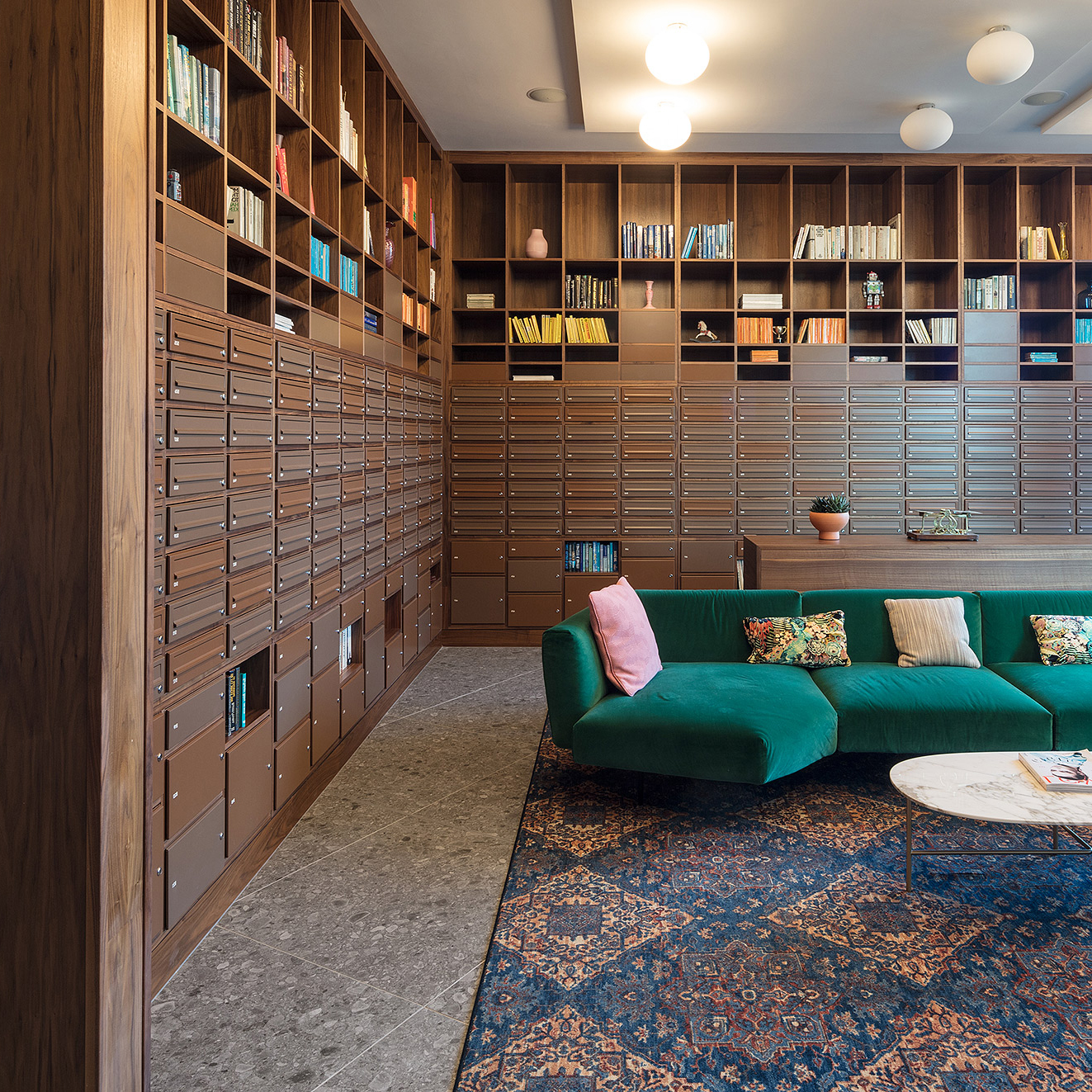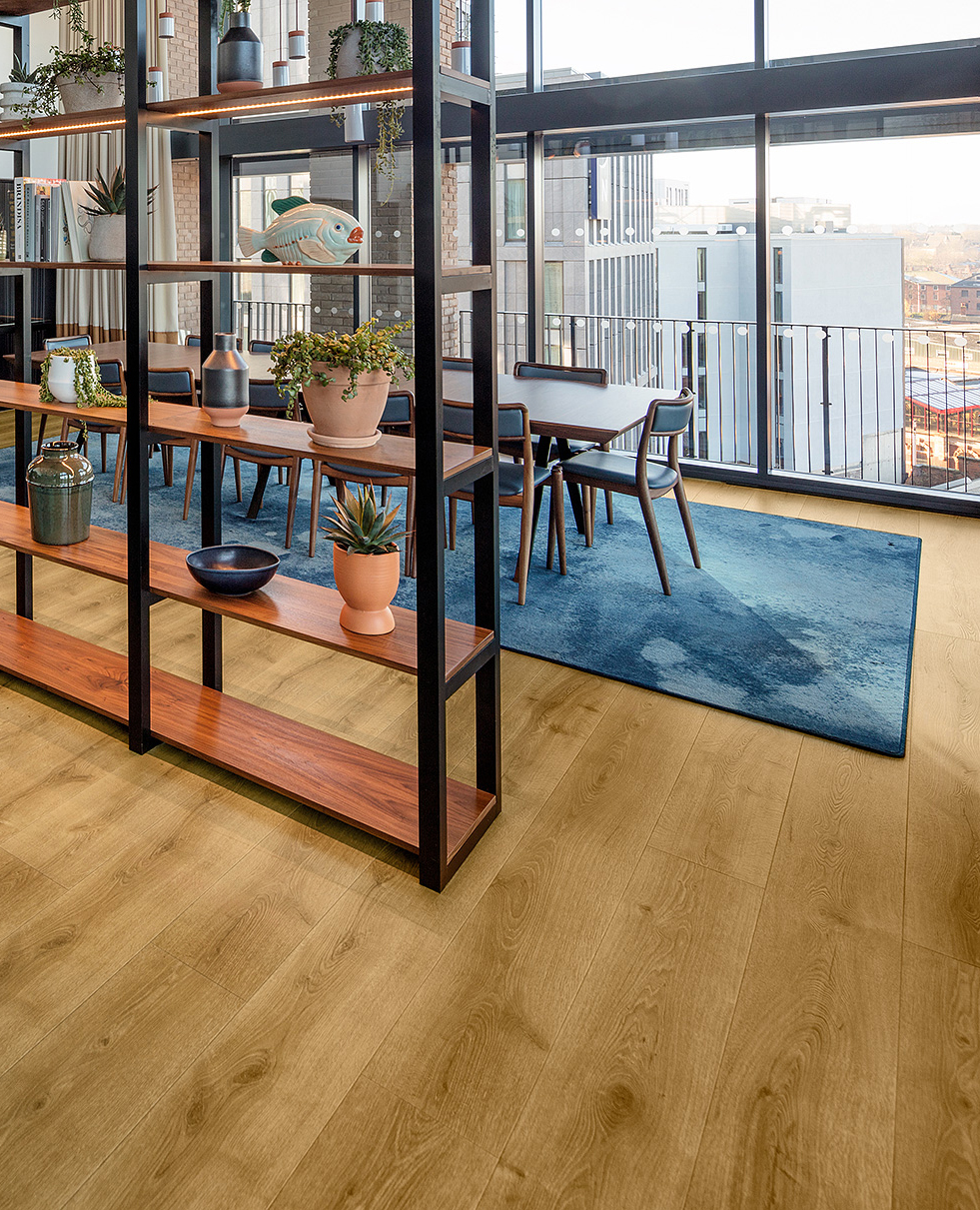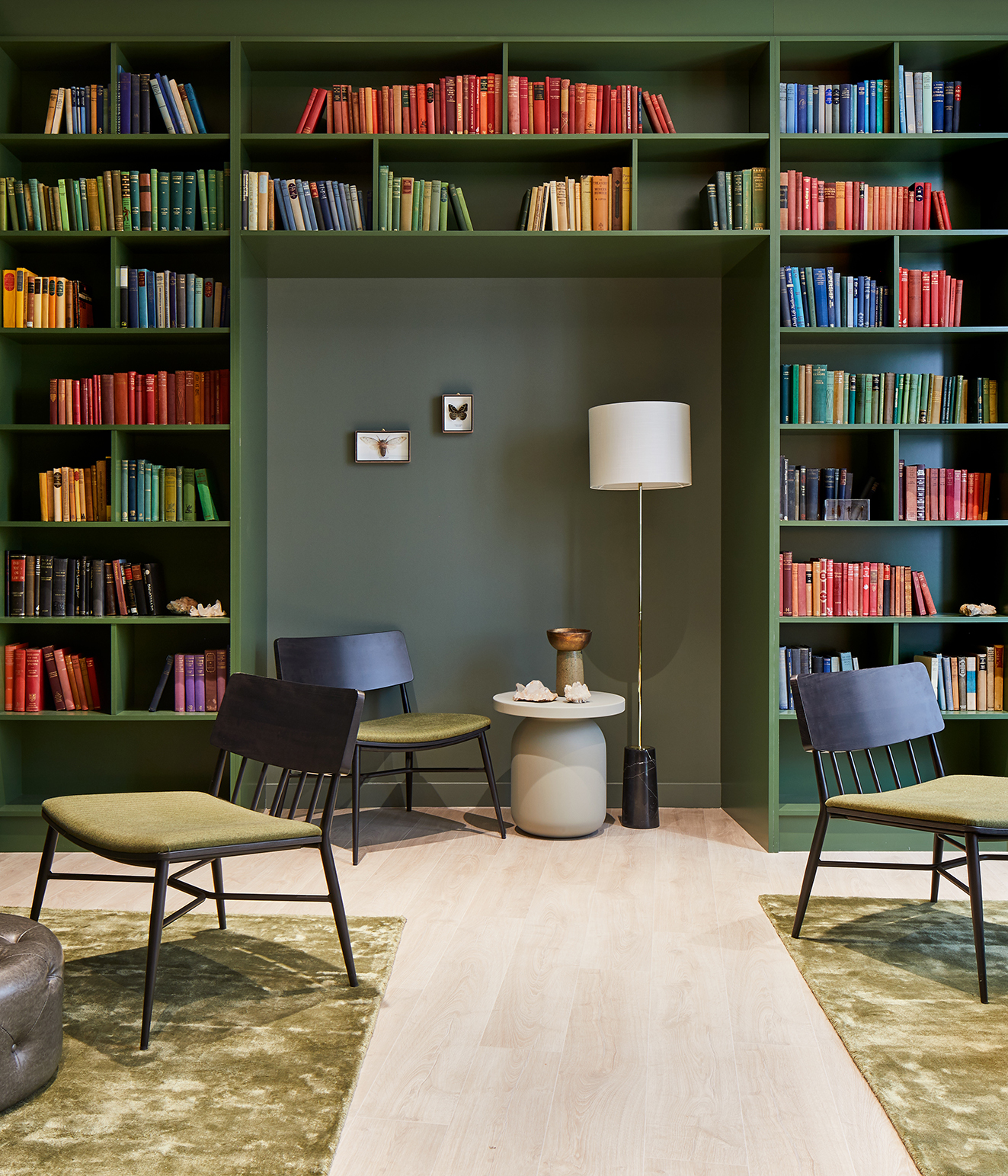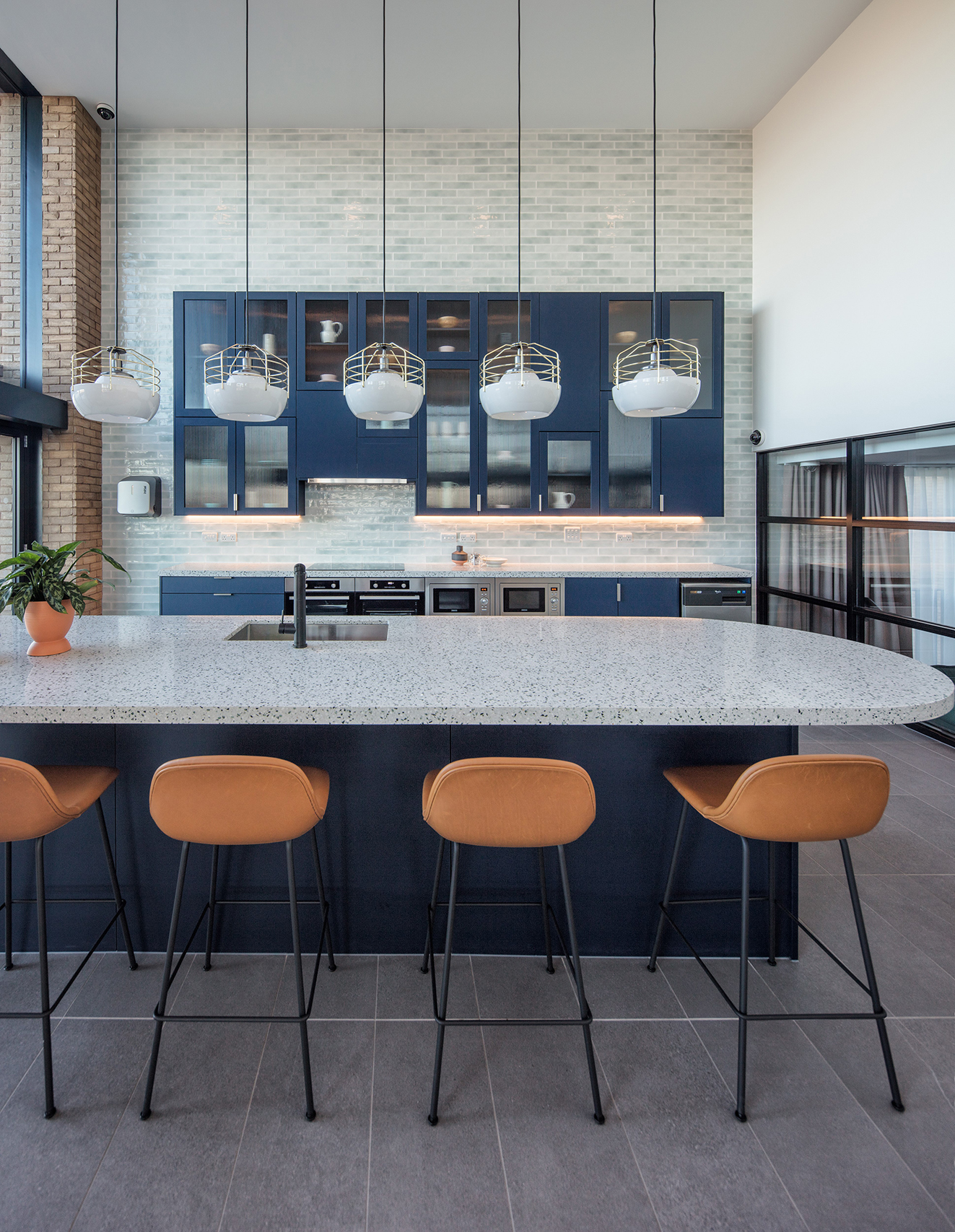
Impact of COVID-19 on Build-to-Rent Projects Building a Community
As we gradually emerge from the COVID-19 lockdown, Domus has spoken to three Build-to-Rent (BtR) experts to understand the impact of the pandemic on the sector. Focusing on how the BtR sector is anticipated to perform and adapt in a post-lockdown world, Ian Fletcher, director of policy (real estate) at the British Property Federation (BPF), Anya Sokolskaya, creative director at TEN and Sylvana Young, design partner at Young, have contributed to the discussion about how BtR is currently performing along with its long-term outlook.
The outlook for BtR is positive despite economic uncertainty
“There will always be a demand for good value and quality accommodation, which is the USP of the BtR sector” — Anya Sokolskaya, creative director at TEN
Like many other sectors, the BtR sector may suffer in the short-term because of the impact of the COVID-19 pandemic. However, it has positioned itself well for the long-term, and there are many reasons why BtR is more robust than other sectors.

Ian Fletcher, director of policy (real estate) at the British Property Federation, explains how the fact developments are equipped with the latest technology and super-fast broadband gives them an advantage over other rental options. The inclusion of technology to promote convenience and efficiency is an essential aspect of BtR living. In today’s tech-savvy world, the latest smart home technology and cutting-edge resident portals and apps add value to BtR developments which is a tangible benefit for residents.
They also feature breakout spaces within the buildings for residents who don’t want to work in their apartments. However, these communal spaces are currently challenged by social distancing rules. Fletcher says: “Build-to-Rent benefits from the fact that there will be a demand for the property as people naturally come to the end of their lettings contracts and will look for their next house move. BtR is still bringing in its rents and significant interest in terms of investment and is in a good position to be still attractive.”

Sylvana Young, design partner of Young, an incubator consultancy, and former chief design officer at BtR trailblazer Get Living, shares this view, adding that the need for suitable, affordable accommodation has never been greater. Given the uncertainty with employment and jobs there is currently a need for flexibility with renting, which BtR offers, she says.
“People might be choosing to rent to enable them to be more centrally located in cities to simplify any commuting they need to do, and there’s an appreciation in having everything within a walkable distance, such as shops, leisure facilities and work,” says Young.
The importance of building a community
“BtR is about building up a community and there is an immediate support network for people who are all in this club together.” — Sylvana Young, design partner at Young

Community is a concept that underpins all aspects of design in BtR developments, which will be more important than ever as the young professionals who live there navigate life in a post-lockdown world. The idea of co-living is to create a community-centred environment that provides privacy in personal living arrangements whilst also promoting social contact through shared amenity spaces and community events. Residents benefit from shared facilities where they can meet and connect with others, and whole communities can be created.
As such, creating inspiring communal spaces where residents can socialise with other young professionals is vital for designers in the BtR sector. While the apartments tend to be more ‘timeless’ in style, Sokolskaya highlights that when designing for amenity areas, there is “a focus on capturing an imagination”. These spaces tend to have a more creative feel. “There is an element of change you always need to plan for, to ensure schemes don’t become too tired looking too quickly”. While there may be an overarching theme across the apartments and amenity areas, the two parts of BtR developments serve a very different purpose and need to be designed accordingly.
Wellness is also a key community focus in many developments as part of their events programmes, which often include yoga and meditation. This will be particularly valuable for residents in the coming months and years since we are expected to see a rise in the numbers of people suffering from depression, anxiety and other mental health issues as a result of the COVID-19 pandemic.

In general, listening to and communicating with residents is integral to the success of any scheme. Facilitating engagement helps create a positive experience for residents. Research shows that when a scheme’s residents can engage with one another, it has a significant impact on the number of renewals — as few as two to three engagements can factor a sizeable uplift. Engagement can range from hosting resident events and providing flexible spaces to enjoy as a community, through to opinion surveys and the use of resident portals or apps for improved communication.
The impact of COVID-19 on the sector has highlighted the benefits of 24/7 management. A key feature of most BtR is a concierge who manages the building. During the lockdown, some BtR buildings, such as Get Living’s East Village in east London’s Stratford, had maintenance people moving into apartments to ensure they could be on hand to help. According to Young, the community aspect of BtR came to the fore during the height of the pandemic.
But Young fears there may be a backlash. “The case for having break-out spaces is to facilitate building a community,” says Young. “If we suddenly end up with restrictions because of social distancing measures and the break-out space has to be a specific size, and only three people are allowed in it then the purpose of this communal space will backfire.”
The impact of COVID-19 on BtR design & interiors
“With BtR we’re creating a product for the long-term where people won’t want to move because they love where they live.” — Anya Sokolskaya, creative director at TEN

Given all the uncertainty caused by the COVID-19 pandemic, will the design of Build-to-Rent be affected?
Sokolskaya believes it will be, especially within the amenity areas themselves, which are the main selling point of BtR schemes. She explains that when designing in COVID-19 times, a new significant consideration is segmentation within amenity areas. "As designers in the BtR sector, we are now focusing on segmentation within amenity spaces to ensure shared areas incorporate more enclosed ‘protected’ spaces for smaller groups which means whole amenity areas don’t have to close down entirely during any enforced lockdown”.
"Other considerations include natural ventilation and incorporating indoor/outdoor spaces into amenity areas, with doors that open onto outdoor terraces so residents have access to outside areas where the risk of catching or spreading COVID-19 is minimised." For this, flooring is a key consideration, and porcelain tiles are perfect. Ensuring seamless integration of tiles used throughout indoor and outdoor areas creates an expansive, unbroken view, offering visual continuity to link the inside with the outside.
Similarly, "introducing nature into the built environment to improve health and wellbeing will become more important than ever". Including organic details and greenery into interiors helps ‘reconnect’ and strengthen the human-nature connection that has been proven to have a positive effect on health and mindset. Known as biophilic design, small details can have a big impact. Bringing nature indoors through plants along with textures, patterns and colours which imitate those found in nature, is known to calm the senses and enhance wellbeing.

Separately, Sokolskaya also predicts that the home layout will become more flexible.
“Not enough emphasis has been put into the design of the actual apartment; the focus is usually on the amenity [public areas, lounges, receptions] and ways to make it stand out. The apartment design is still very much the same as it was 20 years ago,” says Sokolskaya. “If the efficiency and flexibility of the apartment are improved, then people will want to stay home a lot longer. This has huge appeal in BtR because we’re creating a product for the long-term where people won’t want to move because they love their home.”
Sokolskaya says her studio is currently working on several concepts for BtR developments where more flexible layouts are being designed enabling bedrooms to be adapted for other uses.
Project images above: The Wullcomb, Leicester and The Collective, Canary Wharf.
Visit our showrooms
Share this news